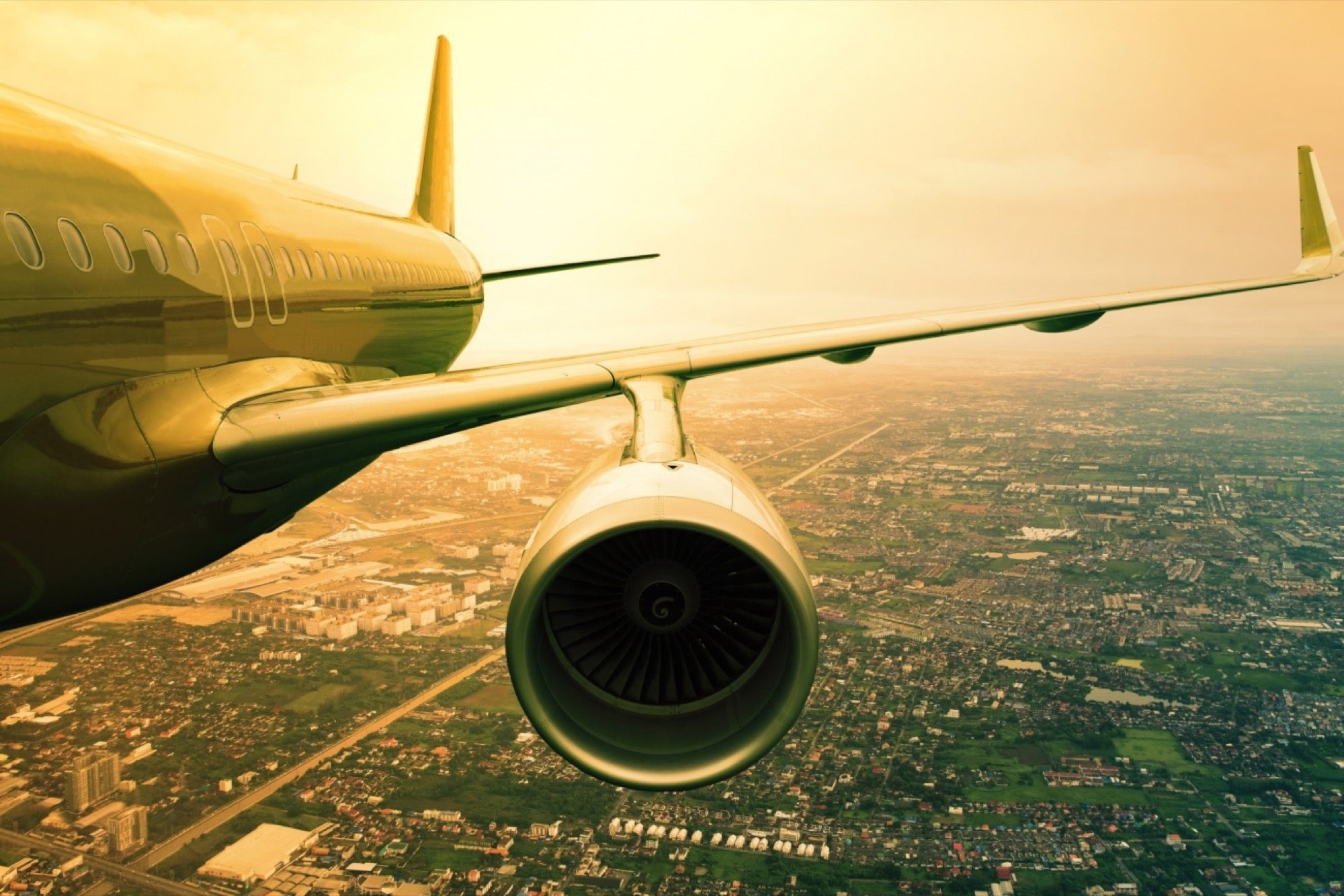Flying Economy Stinks. Here Are Some Ways – Crazy and Otherwise –That People Want to Make It Better. They range from redesigning the way we board, to redesigning the cabin and seats themselves.
By Laura Entis
Opinions expressed by Entrepreneur contributors are their own.

Inefficient boarding policies. Cramped aisles. Even more cramped seats. Modern flying, at least in economy, is no cake walk.
Perhaps that's intentional. One convincing theory is that these stress-inducing, patience-exhausting conditions – limited overhead space, legroom and nonexistent perks – mean that airlines can charge extra for the slimmest of privileges (such as boarding in the "fast lane").
Airlines may lack an incentive to overhaul their economy experience, but that doesn't mean it can't be improved. Here are some of the fixes, in some cases actually implemented but in most instances merely suggested, that have been thrown around of late. They range from the plausible to the less-than practical, but the majority will, at the very least, make you rethink current economy norms.
The boarding process
There's certainly of room for improvement here: While there are a variety of strategies carriers can use to load passengers, most do so from the back to the front. It's not the best approach -- timed research has shown that random boarding actually ends up being faster, likely because it does not create systematic space conflicts.
Related: This All-in-One Travel Jacket Is Approaching $1 Million on Kickstarter
To give them credit, some carriers are actually aiming for efficiency. United uses the less time-consuming "outside in" strategy, which allows travelers in window seats to board first, while Delta is experimenting with having its flight attendants preload carry-on bags to speed up the process.
On the more 'far-out' side of the spectrum is a patented suggestion from B/E Aerospace, a Wellington, Fla.-based manufacturer of cabin interior products, which has passengers boarding based on height. Rows would alternate between tall and short passengers, ensuring that everyone has adequate leg-room.
The reasoning behind this boarding process is clear – "even a relatively small incremental increase in seat spacing for the tall passengers can provide additional comfort with no loss of comfort to the much smaller passengers seated in front of the tall passengers," the patent reads – although the implementation is a little messier. For one, passengers would presumably have to be measured upon check-in, and children would be seated away from parents. While a commendable out-of-the-box effort, it's hard to imagine a scenario where this doesn't cause more of a headache than it's worth.
Related: 21 Travel Hacks You Need to Know Before You Go
Seat design
It's not just your imagination: seat sizes in economy are shrinking as airlines squeeze more passengers into economy. The middle seat – never an attractive option – now promises to be truly intimate experience with strangers.
To address this problem, Zodiac Seats France, an industry supplier, patented a unique design solution in which the middle seat is rotated 180 degrees, meaning that whoever is seated in the middle of the row directly faces passengers in the aisle and window seat. Apparently, the setup maximizes space. Although the level of awkwardness incurred by making eye contact with two strangers for the entirety of a flight would likely negate the spatial benefits, you've got to credit Zodiac Seats France for its creativity.
A better alternative comes courtesy of New Zealand's Skycouch, which has built rows of economy seats that can convert into a flat bed. Intended for couples, each seat can be purchased for a standard price, while the middle shared seat is available at half price.
Cabin design
An elegant redesign solution comes courtesy of Ugur Ipek, a German transport designer, in which the cabin is built to be cigar-shaped and passengers enter via two double doors located at the center of the plane. By entering at the middle of the cabin, the average distance a traveler needs to cover to reach his or her seat is dramatically reduced. Meanwhile the layout – wider in the center, tapered at the front and back – allows for passengers sitting at either end of the plane to easily circumvent those in sitting in the middle who are putting away their carry-ons.
Don't hold your breath, though. While the CIGAR model is up for a Crystal Cabin Award this year, it's unlikely the design will be realized anytime soon.
Related: U.S. Investigating Possible Collusion Among Airlines
An easier fix? Add a second entrance, so that passengers can enter from both sides of the plane, a move that would dramatically decrease boarding times.
Tell Us: Know how to make economy travel less awful? Share it with us in the comments below.
They range from redesigning the way we board, to redesigning the cabin and seats themselves.
Posted by Entrepreneur on Monday, August 10, 2015












